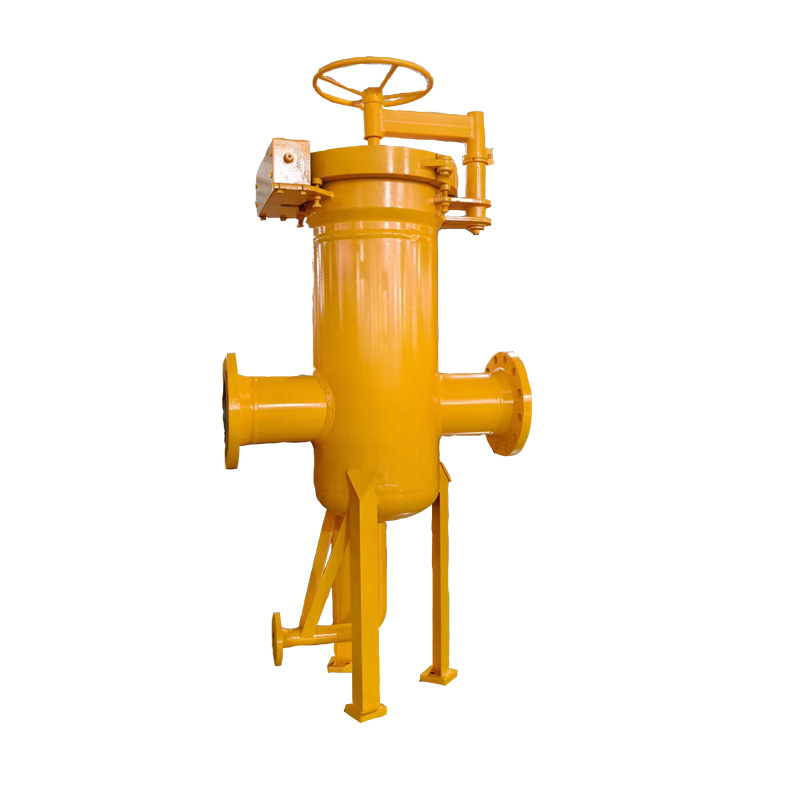
Oct . 02, 2024 00:18
Back to list
Gas Separation and Coalescing Technology for Enhanced Efficiency in Industrial Applications
Gas Coalescers An Essential Tool in Industrial Applications
In the realm of industrial processes, the need for efficient separation of gases and liquids is paramount, particularly in industries such as oil and gas, chemical manufacturing, and wastewater treatment. Gas coalescers play a critical role in this aspect by ensuring that gas streams are effectively purified from liquid contaminants, thus enhancing process efficiency, product quality, and environmental compliance.
Understanding Gas Coalescers
At their core, gas coalescers are devices designed to remove liquid droplets from gas streams. This is achieved through a simple yet effective mechanism the coalescing process. Within a coalescer, tiny water droplets or other liquid particles contained in a gas accumulate, or coalesce, into larger droplets. Once these droplets become large enough, gravity or other forces can remove them from the gas stream, resulting in cleaner, drier air or gas.
The Working Principle
The operation of a gas coalescer typically involves a series of stages. Initially, contaminated gas enters the coalescer and passes through a mesh or fibrous medium. This medium is specially designed to capture minute liquid droplets. As the gas flows through this medium, the droplets adhere to the fibers or surfaces, merging with similar droplets to form larger masses. Once sufficiently large, these droplets coalesce into a single, larger droplet that can easily be separated from the gas by gravity, allowing it to flow down into a collection chamber.
Applications of Gas Coalescers
Gas coalescers find applications in various industries due to their ability to improve quality and efficiency. In the oil and gas sector, for instance, they are employed to separate water and other contaminants from natural gas before it is transported and processed. This is crucial because impurities can lead to pipeline corrosion, equipment failure, and regulatory non-compliance, all of which can result in significant financial losses.
gas coalescer

In chemical manufacturing, gas coalescers help maintain the purity of gases used in various reactions, thereby increasing yield and reducing the need for expensive purification processes later on
. Similarly, in wastewater treatment plants, coalescers play a vital role by ensuring that gases released into the atmosphere are free from harmful vapors and aerosols.Benefits of Using Gas Coalescers
The advantages of incorporating gas coalescers into industrial processes are numerous. First, they enhance the efficiency of the overall system by preventing the accumulation of liquids in gas pipelines, thus reducing downtime and maintenance costs. Furthermore, they contribute to the production of higher quality end products, which can meet stringent environmental regulations and consumer standards.
Additionally, gas coalescers can significantly reduce the environmental impact of industrial operations. By minimizing the release of contaminants into the atmosphere, industries can conduct their operations more sustainably, improving their public image and reducing the risk of fines or sanctions due to non-compliance with environmental laws.
Maintenance and Considerations
Despite their benefits, gas coalescers require regular maintenance to ensure optimal performance. This includes periodic inspection and cleaning of the coalescing elements and timely replacement of the media to prevent clogging and reduced efficiency. Operators should also consider the specific conditions of their operational environment, such as temperature, pressure, and the nature of the gases being processed, when selecting an appropriate coalescer.
Conclusion
Gas coalescers represent a foundational technology in the quest for cleaner industrial processes. By effectively removing liquid contaminants from gas streams, they not only enhance operational efficiency but also promote environmental responsibility. As industries continue to face growing demands for sustainability and regulatory compliance, the role of gas coalescers will undoubtedly become even more crucial. Investing in reliable coalescing technology can lead to significant benefits — both in terms of process optimization and environmental stewardship — making gas coalescers an essential component of modern industrial operations.
Latest news
-
Safety Valve Spring-Loaded Design Overpressure ProtectionNewsJul.25,2025
-
Precision Voltage Regulator AC5 Accuracy Grade PerformanceNewsJul.25,2025
-
Natural Gas Pressure Regulating Skid Industrial Pipeline ApplicationsNewsJul.25,2025
-
Natural Gas Filter Stainless Steel Mesh Element DesignNewsJul.25,2025
-
Gas Pressure Regulator Valve Direct-Acting Spring-Loaded DesignNewsJul.25,2025
-
Decompression Equipment Multi-Stage Heat Exchange System DesignNewsJul.25,2025

